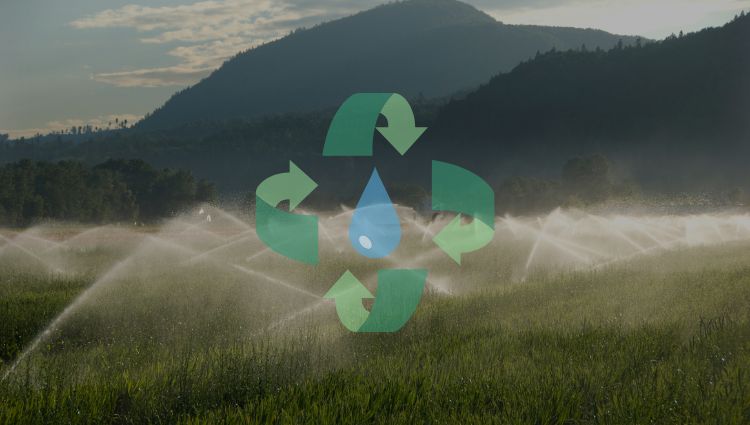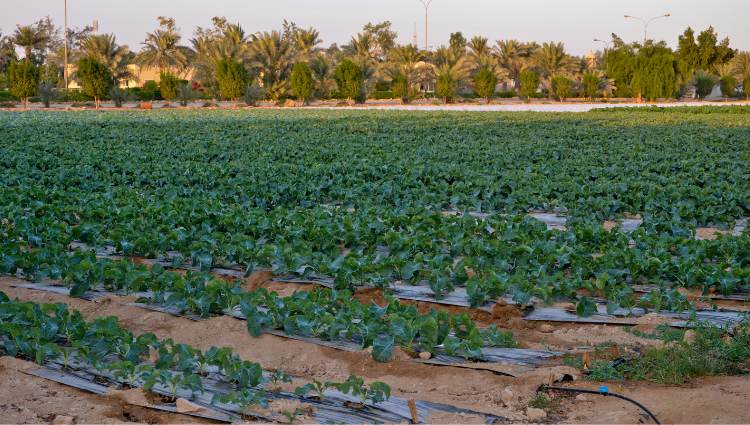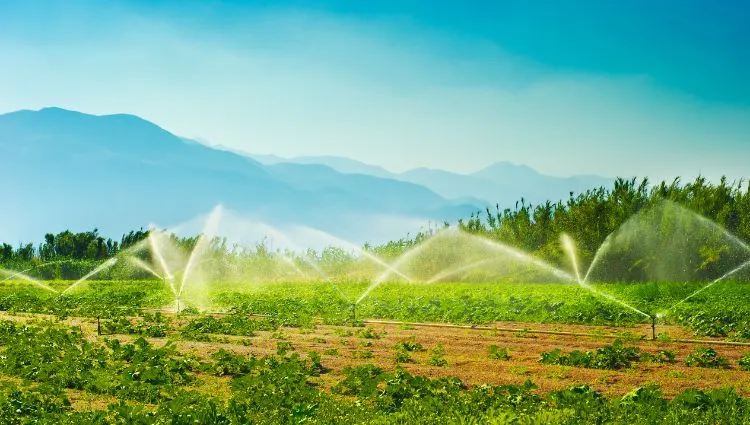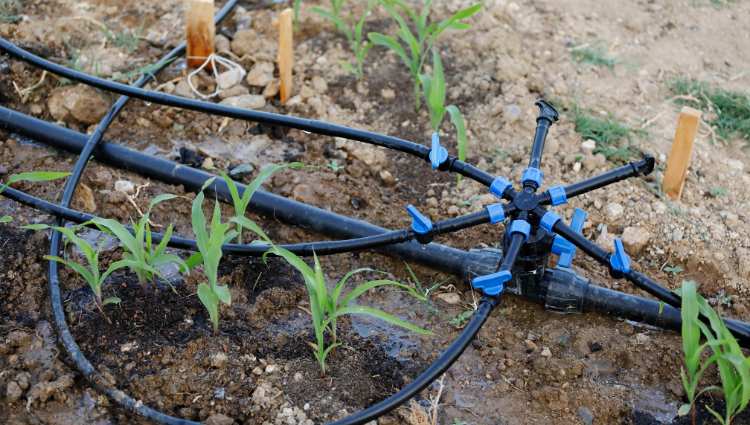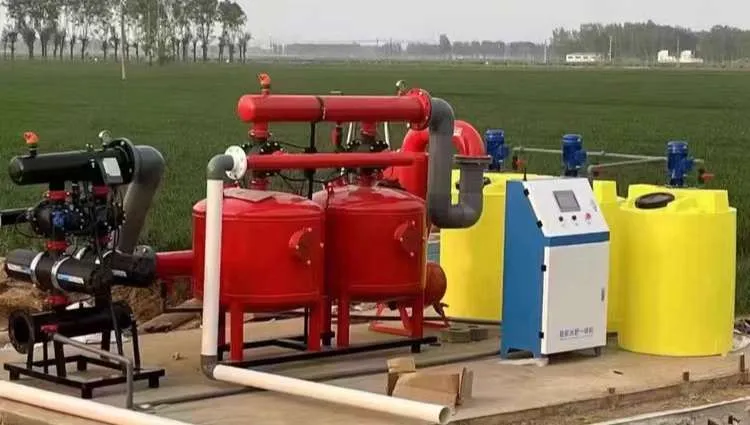Spis treści
Pipes play a very important role in irrigation systems, mainly taking on the responsibility of transporting water resources. Building a complete piping system is a large project, which involves many products and will face many problems.
This post will introduce you in detail to some common problems in irrigation pipe installation projects and how to avoid these problems.
Common Problems in Pipe Installation
1. The construction team does not work according to standards and does not strictly follow the requirements. The depth and width of the excavated trench are insufficient, and the bottom of the trench is uneven. Pipes are not on the same horizontal plane.
2. The insertion connections of the pipes are not properly installed, resulting in looseness.
3. For pipe fittings such as elbows, tees, crosses, and valves, the adhesive is applied unevenly, and the connections are not firm. After water starts flowing, these fittings can easily shift, deform, or leak due to the impact of the water.
4. When pipe leakage occurs, if it is not resolved in time, the pipes in the trench can float, leading to misalignment, deformation, i pękanie. Ponadto, the repair process is very inconvenient.
5. In winter, if no anti-freezing measures are taken, the pipes may freeze and crack.
6. During pipe installation, if soil, rośliny, or other debris enter the pipe, it can easily lead to blockage.
7. After the pipes are installed, if the backfilling process is not carried out properly—for example, if large clumps of soil or bricks hit the pipe—it can cause misalignment, loose joints, or even break the pipe.
8. After water enters the pipe, if the air inside is not completely expelled, water hammer may occur, which can damage the pipes.
9. The purchased pipes, fittings, zawory, water pumps, and filters do not meet construction requirements. Na przykład, if the pressure rating of the pipe does not meet actual needs, the pipe may burst after water is introduced. Or if the wrong type of pump is purchased, it may not provide enough pressure for water supply. Some products may even have quality issues or be made with substandard materials, leading to frequent failures during long-term system operation.
Solution: Proper Construction Measures
In the previous section, I listed the common problems during pipe installation. Now I will tell you how to avoid these problems.
In fact, most of the issues are caused by improper construction. As long as we pay attention to the details during construction and strictly follow the operating procedures, we can avoid these problems.
Preparation Stage Before Construction
Before installing the pipes, we have already purchased and prepared all the necessary products, such as pipes, fittings, zawory, adhesive, itp. It is very important to carefully check the quality, specifications, and sizes of these products to ensure they meet the requirements. If any problems are found, replace them immediately.
As for the water pump, make sure to test its performance in advance and check whether it operates normally.
Pipe Installation Construction Phase
1. At this stage, the construction team must strictly follow the design drawings. Pay attention to whether the width and depth of the excavated trench meet the standards, and whether the bottom of the trench is level. Ponadto, if soft soil layers are encountered during excavation, sand and lime should be used to fill and solidify them so that they are stable and not easy to loosen.
2. When installing plastic pipes (such as PVC pipe), use sandpaper to polish the socket connection to make it cleaner and smoother. Then apply the adhesive glue evenly. This ensures a more secure pipe connection.
3. The installation process should proceed step by step to avoid disrupting the rhythm. You can install in the order of water pump, filtr, check valve/air release valve, gate valve, main pipe, branch pipe, itp. During installation, make sure that all levels of pipes are on the same plane. Również, be careful not to let impurities enter the pipes.
4. After installation is complete, check whether fittings such as valves, elbows, and tees are securely connected. If looseness is found, reinforce them in time. Then backfill a layer of fine soil on both sides of the pipe and tamp it with your feet. This is to facilitate pressure testing of the water system.
5. You can open the valve to let water flow through the pipes and test the pipe system to see whether the water pump, pipes, zawory, and other components are working properly. Check whether the water flow is smooth. Check whether the pressure gauge readings are normal. If there are large fluctuations, it means there is a pressure problem in the pipes that needs to be addressed promptly.
6. After the pipeline system passes the test, backfill the various parts of the system according to specifications. After backfilling, compact the soil to increase the stability of the system.
7. Conduct a full-scale trial operation of the pipe network to ensure that the system can operate normally and safely.
Team Management
The entire team must establish a complete and standardized set of work rules and management regulations.
The procurement team should purchase qualified products from reputable companies. The construction team must not only strictly follow the standards during construction but also carry out real-time inspections to ensure project quality.
Krótko mówiąc, the team must be well-managed to ensure that each department performs its own duties and responsibilities, supervises each other, and works together to ensure the successful completion of the pipe installation project.
Ostateczne słowa
In this article, I mainly introduced nine common problems in pipe installation projects and proposed standardized procedures from three aspects: the preparation stage, the construction stage, and team management. As long as the procedures are strictly followed, problems can be avoided. I hope this article is helpful to you.
Wreszcie, proszę pozwolić mi przedstawić naszą firmę. Rainfaun to producent produktów do nawadniania z siedzibą w Chinach. Pipes and fittings are one of our main product lines, w tym Rura i wyposażenie PVC, Rura gwintu BSP i łączniki, Złącza PP, połóż płaski wąż, Dripline, Taśma kroplowa, i tak dalej. Możesz znaleźć informacje o Rainfaunie I nasze produkty na tej stronie internetowej.
Jeśli chcesz współpracować z nami, możesz Kliknij tutaj aby wypełnić formularz.
Autor: Michael
Redaktor: Michael
Recenzent treści: Michael


